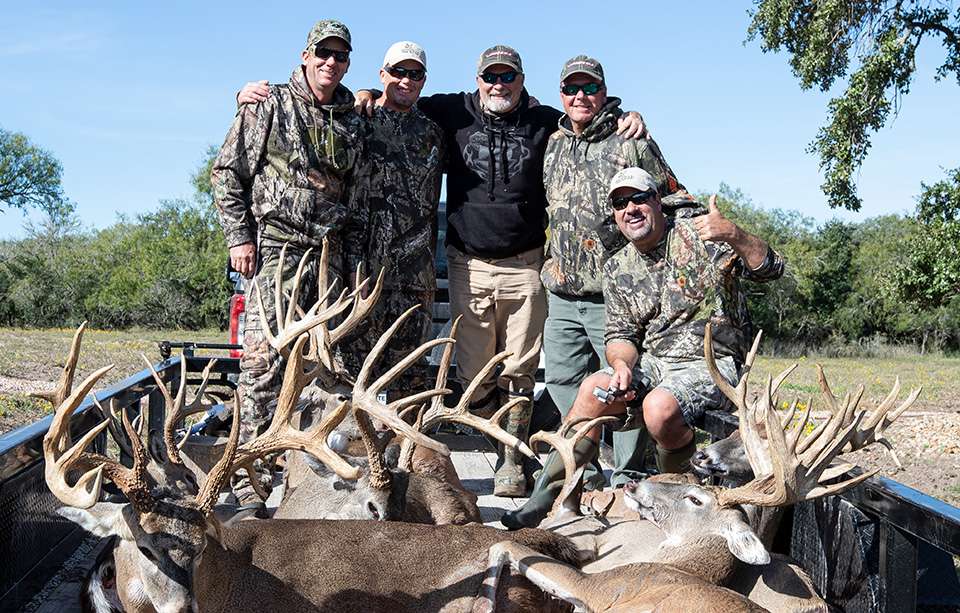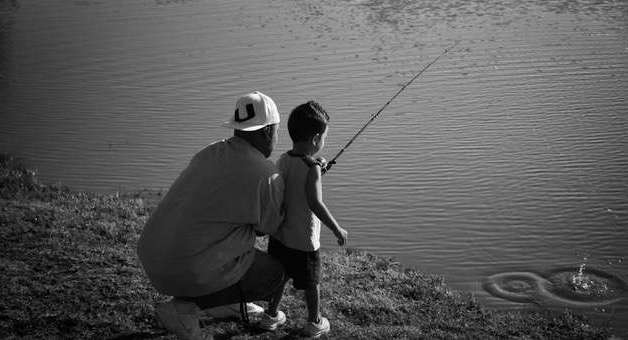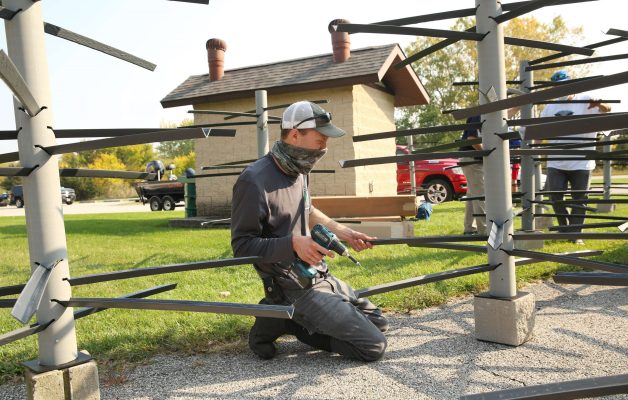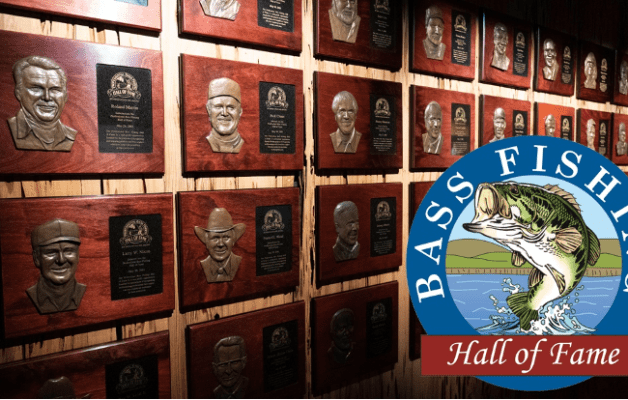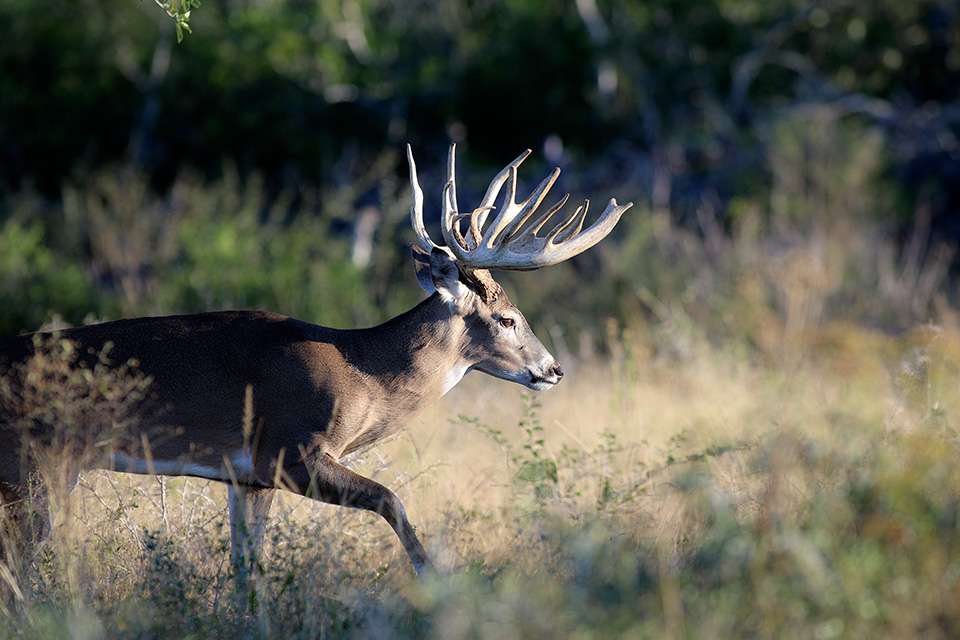
Dr. Seuss had nothing to do with deer hunting. He did create some unbelievable fantasy worlds, though, like Whoville from How The Grinch Stole Christmas.
That incredible place from the mind of the good doctor is an apt metaphor for the Hooville Ranch near George West, Texas, a fantasy world for deer hunters, where everything seems more magnificent than what might come from a deer hunter’s imagination.
It even goes for bass fishermen who are used to big dreams. Lately, Hooville has been a destination for an enthusiastic group of anglers. More on that later.
More than 20 years ago, Tom Moleski and Mark Zona were buzzing around the smallmouth fisheries of Michigan and nearby states, plying the waters for a paycheck in bass derbies. Zona had yet to capture the imagination of the fishing world as a host of television shows, but his personality was as infectious as it is today.
Moleski was a business man more suited to helping out struggling companies with leadership, a knack for organization and a sense of perfection. Together, those two forged a friendship that would go much deeper than just fishing buddies exchanging stories and lures on the water.
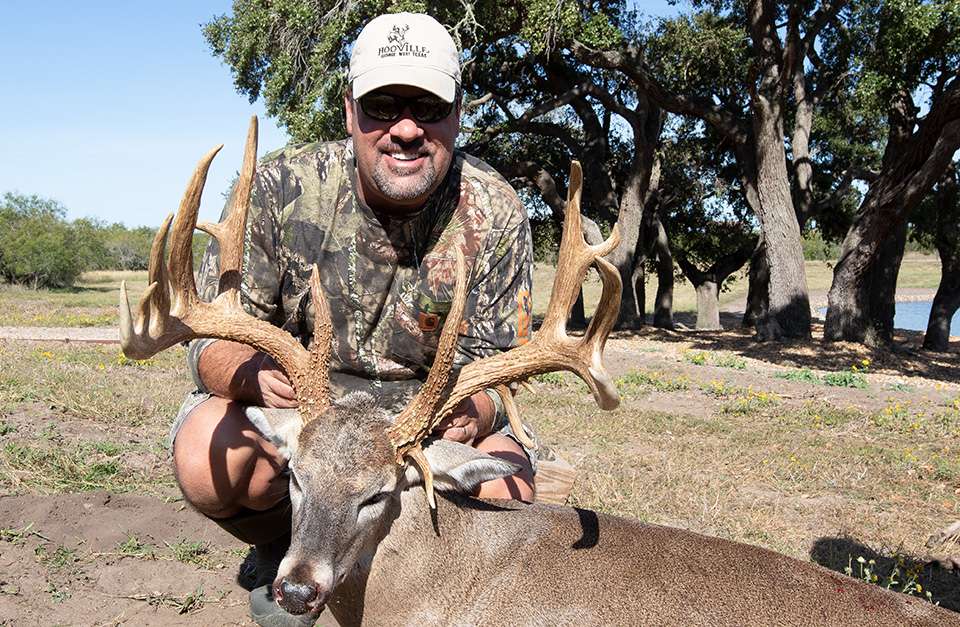
In 2001, when Zona was offered an opportunity to go into television, it wasn’t as easy a decision as one might imagine. Besides his wife, Karin, the only counsel Zona sought was from Moleski.
“We were in a boat, in our element, when I asked Tom whether I should go into television or not,’’ Zona said. “He told me, ‘Try it. If it doesn’t work out you can come to work for me. Just don’t do it half-assed. But don’t worry, I’ll be here.’
“It meant a lot. That’s the kind of friend he is. I owe him a lot. But at that moment of my life, to make a pivotal change and go on an adventure, travel the world — Tom was the key part of that.”
The two would part ways. Moleski started an ambulance building business that would stretch around the world. Zona’s move into the mainstream of the fishing world has been well followed by Bassmaster fans everywhere.
They still swapped fishing antics and shared deer hunts and, like all hunters and anglers, dreamed of the magic of perfect hunts and fishing trips. When Moleski decided to buy a ranch in south Texas, he had the opportunity to create just that. His passion for whitetails combined with his business skill sets came together in the form of Hooville, named after Moleski’s wife, Michelle Hoover Moleski.
She not only provides the namesake, but, according to Moleski, she’s the motivation behind everything on these 1,400 acres of South Texas brush country.
“This is a Taj Mahal to my wife,’’ he says simply and bluntly.
It didn’t take long for Hooville to become a destination for fishing dignitaries, most notably Zona, Davy Hite and Keith Combs, along with a few others. They spend the year focusing on bass fishing, but in the light moments they never miss a chance to talk about their annual pilgrimage. They count down the days until they can return.
“We can be in the middle of the Classic, interviewing these guys and when that’s over, it never fails for one of us to bring up Hooville,” Hite said, chuckling in the process.
In fishing terms, Hooville would be like combining the best of the largemouth fishing world with the best of the smallmouth world (think St. Johns River and the St. Lawrence River wrapped together) to create just about everything an angler would want in one place.
“My first five minutes hunting here was the best five minutes of hunting in my life,’’ Zona says often. “To me, it’s a cross between A Field of Dreams and Jurassic Park.”
There’s truth to both those statements. Virtually every property in this part of Texas is surrounded by high fence. It’s mostly to keep things out, rather than keeping things in. In Hooville’s case, that is more than two square miles of habitat, all of it located near what Texans refer to as the “Golden Triangle.” That brush-country area gets that designation because of the oil-rich ground under it. Deer hunters claim it because of the deer it has produced long before Roy Rogers ever crooned “Don’t Fence Me In.”
Growing in that area are five brush species that hold 18- to 20-percent protein, unheard of in other parts of the country. Because of the terrain and weather, there are plants like guayacan, blackbrush, granjeno and guajillo that don’t grow anywhere else.
“It’s a perfect mixture for growing big deer,’’ said Cody Roberts, the biologist and land manager tasked with creating a hunter’s paradise. He shares the same mind-set as Moleski when it comes to virtually everything, but especially when it comes to their idea of perfection.
While it’s not specifically stated, they are working to grow and harvest the perfect 12-point buck. Perfection is a common theme. In an environment that produces exceptional deer without any help, they supplement feed. Roberts has laid miles of PVC to take water to places that need it. And like a fisheries manager wanting to cull out the smaller fish in a reservoir, or the older, unproductive members of the school to help grow a 15-pound plus bass, they know there is a need to take out part of the deer herd to make room. Every lake and every property can only afford to feed so many mouths.
Judging purely on anecdotal evidence from those who have been to similar operations, Roberts and Moleski have higher standards than most are accustomed to. That’s where Zona, Hite and Combs and other friends of Moleski come in for their annual “trip of a lifetime.” As crazy as it sounds, they go to help clean up the beasts that don’t quite meet perfect expectations.
The result of that intensive management creates a hunting experience that is hard to describe. Having deer hunted in a dozen states, it’s obvious that there are standards applicable to each region. Unless you are in Wisconsin’s Buffalo County, parts of Kentucky, Iowa or Northern Missouri, seeing a 150-inch class deer is cause for celebration. In fishing terms, a 150-inch deer is closely aligned with the hallowed 8-pound bass.
It’s debatable how the weight of a fish and the size of a bass compare after that. As an observer of this aquarium of deer, the marvel of seeing numerous 150- to 200-inch deer on a sit in the woods is as amazing as it sounds.
Anyone who has hunted in this environment understands each property has a hit list. It’s not like the hometown deer club, where the first deer that shows up and makes the heart flutter is harvested.
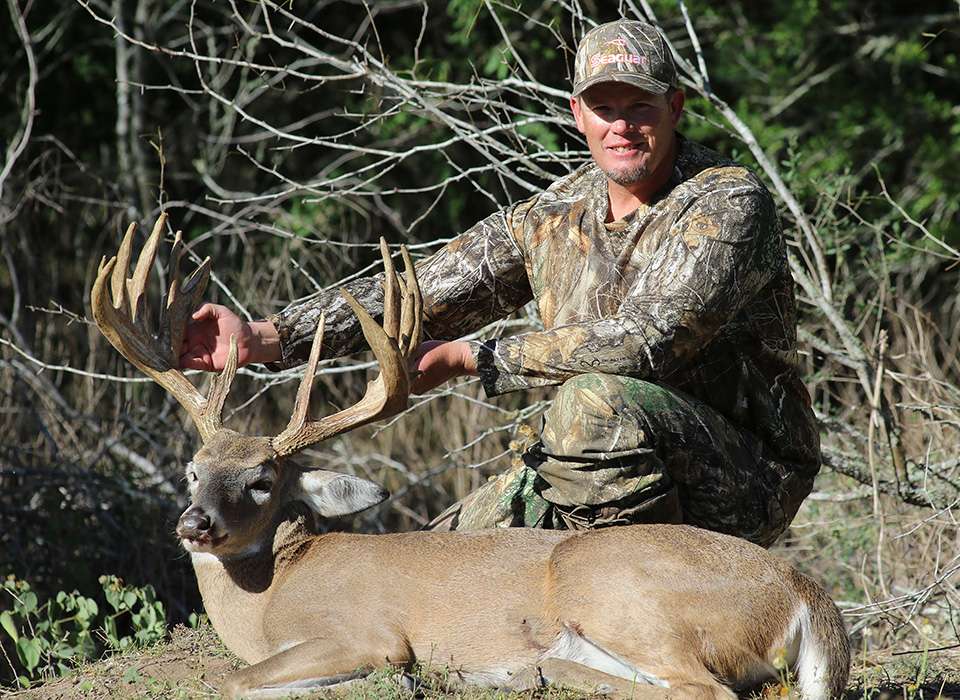
Combs sat on a deer stand for two days before his hit-list buck showed, a deer in the 180-inch category. At one time during that hunting period, he had five bucks within 50 yards of him that were well within the Boone and Crockett scoring to make their record book at 170 inches.
“I guess you could say it was like being at Disney Land,” Combs said. “But it really gives you an appreciation for being able to watch those deer do their thing and what goes into managing for truly exceptional animals. I can’t imagine there’s another place like it on earth.
“If there is, I want to go there, too.”
Moleski just smiles when he hears his friends say things like that.
“I admit we are trying to accelerate the process and using whatever means we can to speed it up,’’ he said. “Part of that is I’m 59 years old. I know that’s not old, but I don’t have 15 years to see it to its maximum potential. But that doesn’t matter because I believe everybody when they say this is a special place.”
Even without the deer, Hooville, with immaculate 4-star accommodations, a reservoir for fishing and a menu worth the trip, is a special place, with a special name and where understandably, when one gets here, there are no grinches.
For more information on Hooville Ranch visit Hooville Enterprises’ website or check them out on social media on Instagram or Facebook.
